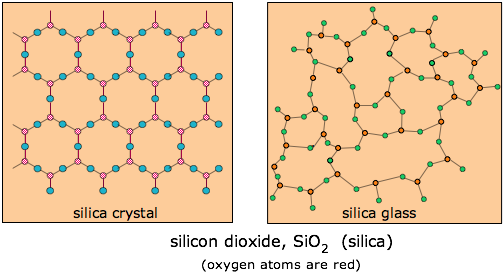

Glass beads are used in sandblasting, and glass sheets are a prerequisite of most mirror manufacturers. It also provides a reinforcing material for laminated plastics. Due to its unique properties, certain types of glass are used in integrated circuits. It is also a necessary component in numerous aerospace and avionic devices, as well as a useful substance in semiconductor technology and electronics. In modern industry, glass serves many biomedical and optic-related functions. Even art owes a great deal to glass, as stained glass and many decorative glass objects from antiquity have survived and provided inspiration to artists for more than a thousand years. Although polycarbonate lenses have largely replaced glass in eyeglasses, glass lenses were, historically, the only means to improve vision. In addition to its obvious uses in biological, chemical and medical laboratories (test tubes, beakers, microscopes), glass also provides part of the casing for most instrumentation.

It is likely the single most important material in astronomy, which was originally made possible by the use of different glass lenses. It finds diverse uses in the home, whether as cookware, television screens, or light bulbs. It is used extensively in construction, providing facing for most modern buildings and regular architectural glass features for most other habitable structures. As glass is neither a liquid nor a solid, but instead has the qualities of both, glass exist as a separate type of matter.īecause of its strength and versatility, glass has near limitless applications. As the glass cools, the atoms become locked in a disordered state similar to that of a liquid before they can form the crystalline state of a solid. Glass is an inflexible material that is formed by heating a mixture of dry solid materials until it reaches a semi-solid state, then cooling the mixture quickly to prevent it from forming the crystalline structure that most solid materials have. However, the typical substances used in glass making are silicates, borates, and phosphates. The term can describe any number of hard, amorphous, inorganic, and uniform solids produced when fused molten materials are cooled fast enough to prevent crystallization. Some of the materials commonly referred to as glasses are actually plastic or plastic-glass mixes, although the term glass does not explicitly indicate a particular chemical composition. From heat resistant Pyrex to PVB laminated safety windshields, glass is available in many forms.


 0 kommentar(er)
0 kommentar(er)
